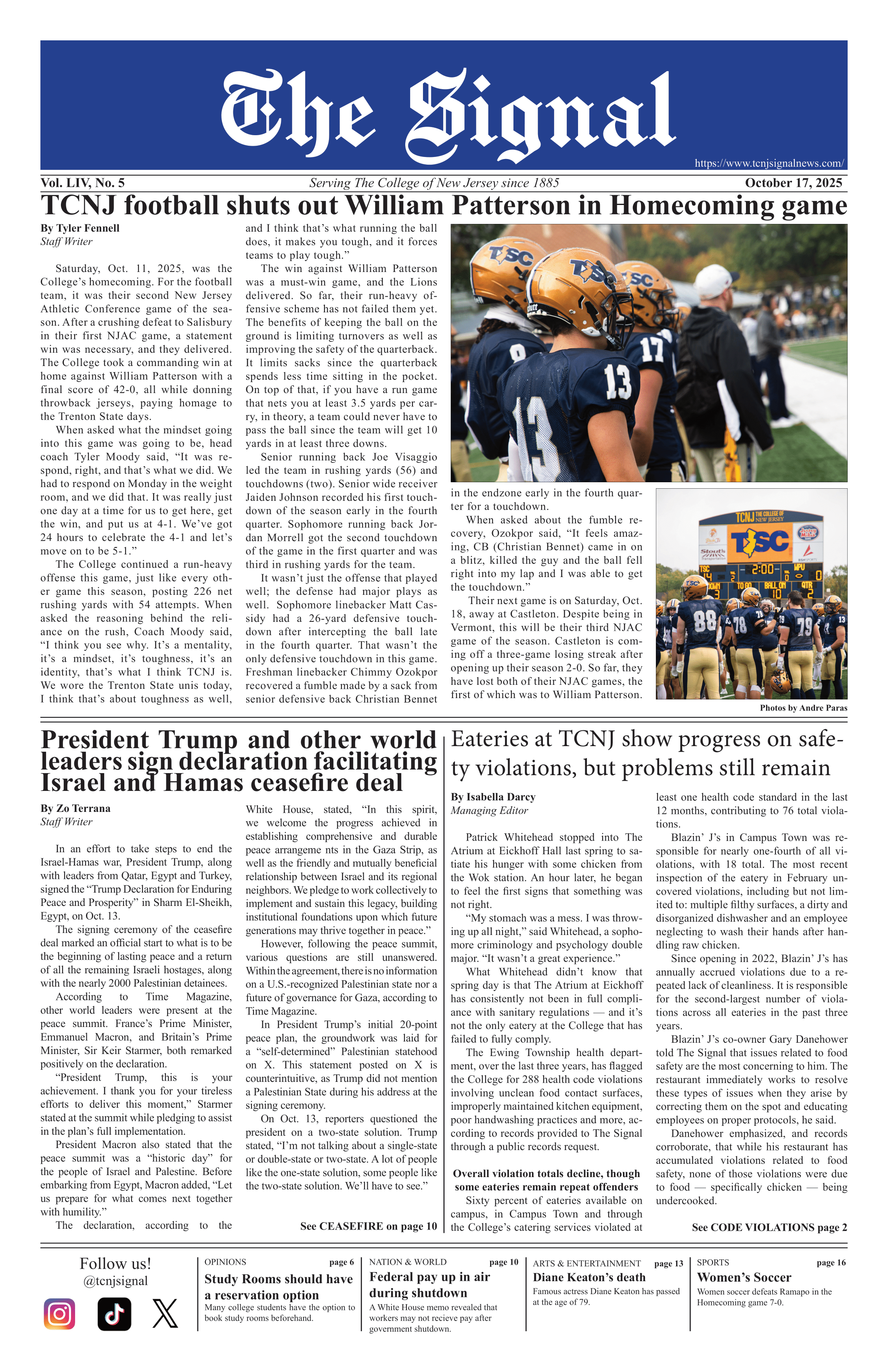By Joe Vasile
Correspondent

Peter and Rosemary Grant, professors in the Ecology and Evolutionary Biology Department at Princeton University, have studied the effects of the ways in which the environment has effected the world’s biodiversity. Their presentation titled, “Evolution of Darwin’s Finches,” at the College’s Biological Honor Society’s induction ceremony Friday night in the Mildred & Ernest E. Mayo Concert Hall, focused on the decline of this biodiversity and how humans play a role in this, as well.
According to Peter Grant, “We are losing biodiversity at an unprecedented rate.”
He also stressed that while humans do in fact play a role in the loss of biodiversity, “We’re not rubbing species to extinction.”
He explained that in 1977, there was a large drought on Daphne Major, a tiny, remote volcanic island in the Galapagos Archipelago, and 85 percent of the finches that the the two professors were studying there died. They found that the birds with bigger beaks survived because they were able to eat a certain type of fruit that smaller-beaked birds could not.
Since beak shape and depth is an inheritable trait, he explained, the large-beaked birds survived, and the average-sized beak species increased.
According to Peter Grant, this reversed itself from 2003 to 2005, when there was another large drought and 90 percent of all the finches died, but this time the smaller-beaked birds survived better than those with big beaks.
“Evolution is caused by natural selection affecting a trait that is inheritable,” Peter Grant said. “Selection oscillates in effect, mostly dependent on weather.”
The Grants, who were awarded the 2009 Kyoto Award, have conducted four decades worth of research on Daphne Major, focusing on the contributions of environmental factors and molecular genetics to the process of evolution in Ground Finches.
Peter and Rosemary Grant travel annually to the rocky island to measure the beak size and shape of the birds as well as their weight, and then use the data to determine how the birds have evolved.
The focus of Rosemary Grant’s portion of the presentation was the process through which new species are formed.
“Populations diverge into two species by colonization, divergence and the formation of a barrier to interbreeding,” she said.
According to her research, one species, the Sharp Beaked Ground Finch, displays different behaviors on the islands of Pinta, Darwin, Wolf and Genovesa, within the Galapagos Islands.
Rosemary Grant went on to say that since males can tell the female birds from another species simply by appearance or song, there is a very low hybridization rate, approximately one percent.
These hybrid species, she continued, usually don’t survive, but when they do survive, a new species is often formed.
“A changing environment leads to an evolution of species,” Rosemary Grant said, “(Over time) genes trickle from one species to another.”
According to Rosemary Grant, “Neither species nor environment is static and is always changing, and to conserve species and their environments and we need to keep them both capable of further change.”






